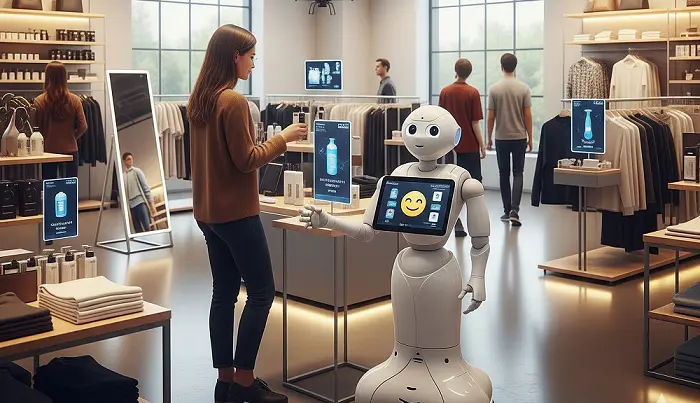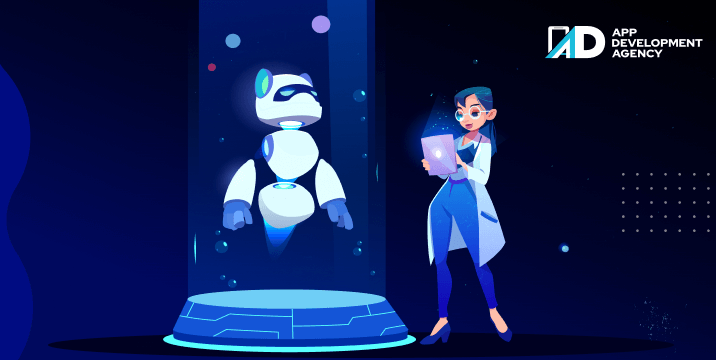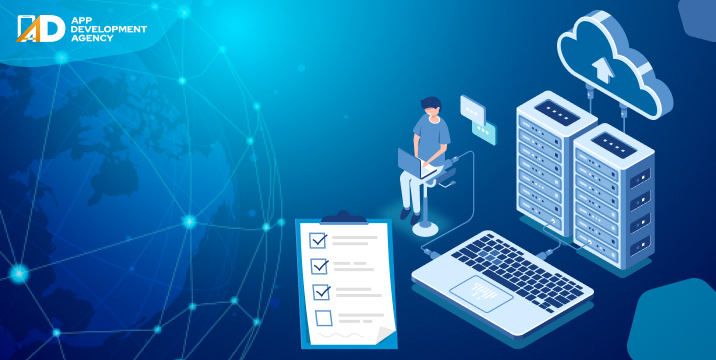Besides these, there are many other IoT healthcare solutions like connected inhalers, smart contact lenses, smart continuous glucose monitoring and insulin pens revolutionizing the healthcare industry. In addition to direct health benefits, IoT will also be helpful in:
Hence, it appears that the benefits of IoT in healthcare are huge and the future looks bright. So, if you’re in the healthcare sector and are looking for a mobile app developer who can help you in developing an IoT based app for your services, or you want to find the cost of an IoT app, it’s best to get in touch with the top app development companies and get some consultation before you move ahead.
Despite these useful applications and associated benefits, IoT also poses some serious challenges.
Hence, data security and IoT device management remain a big challenge in the application of IoT in the healthcare sector.
To sum up, the internet of things can offer tremendous benefits to the healthcare sector but it isn’t without its set of challenges. On one hand, it leads to reduced costs, better diagnosis, timely medical assistance and so on, while on the other hand, data vulnerability and IoT device management issues are a cause of concern. So, how far can IoT really benefit the healthcare segment is still a matter of speculation.

I still remember standing in a crowded supermarket in 2015, staring blankly at three different brands of cereal, unsure which one was cheaper, healthier, or even remotely worth the price tag. Now my shopping app nudges me with suggestions based on my past choices, points out discounts I’d probably miss, and even reminds me that …
Continue reading “Benefits of Artificial intelligence in Retail”
Read More
I was so inclined to write a theory acknowledging the applications and benefits of AI, not just in retail but across various domains, but I know that is what we know, and what we are feeling day to day. AI can work tirelessly 24*7, without a pause, but humans need a break. And to make …
Continue reading “How Artificial Intelligence is Transforming the Retail Industry”
Read More
We live in an era where your coffee machine can sync with your smartwatch, the air conditioner can sync with your smartphone, but your university portal still logs you out after three minutes of inactivity. Why is that? While the corporate world, healthcare, and even agriculture have embraced the cloud like it’s the second coming …
Continue reading “Cloud Computing in Education- Benefits, Challenges, and Implementation Process”
Read More